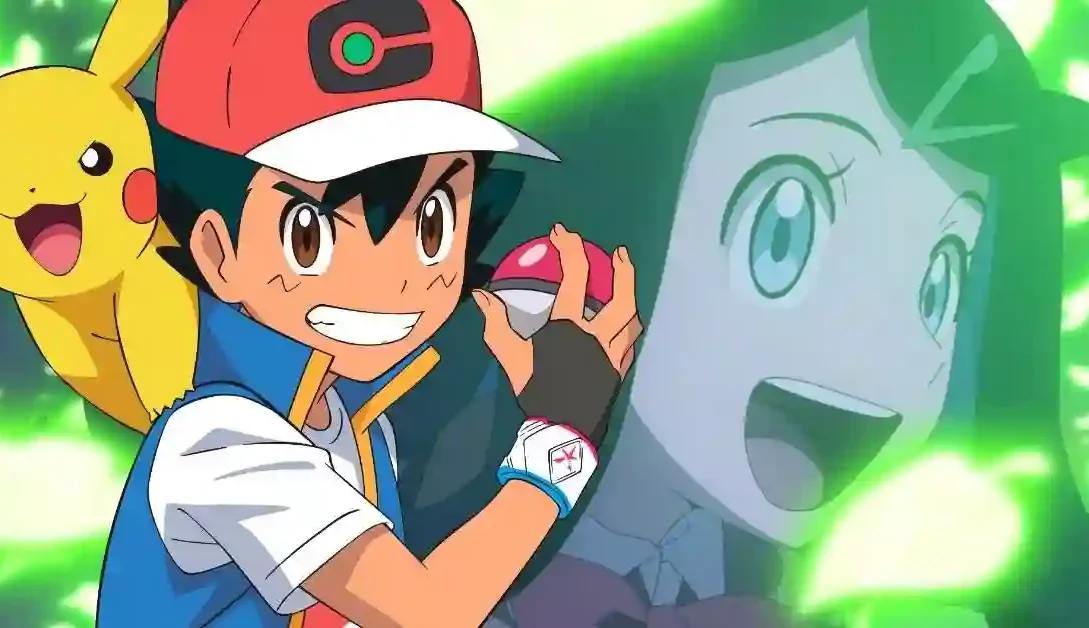In the dynamic world of Manga XYZ, where storytelling meets artistic expression, the journey of creating a compelling narrative extends beyond the initial sketch. The process of self-critique and improvement is a vital aspect of a mangaka’s growth, ensuring that both the art and the story evolve in tandem. In this exploration of “Manga XYZ Critique,” we delve into the essential components of analyzing and enhancing both artistic and narrative elements for a more refined and resonant manga creation.
1. Artistic Anatomy: Scrutinizing the Visual Elements
The first step in critiquing your Manga XYZ creation is a close examination of the artistic anatomy. Evaluate the consistency of character designs, paying attention to proportions, facial expressions, and body language. Analyze the linework and detailing, ensuring that each panel contributes to the overall visual cohesiveness. Addressing these elements lays the groundwork for creating visually compelling and emotionally resonant scenes.
2. Panel Composition: Crafting Visual Narratives
Analyze the arrangement of panels on each page to ensure a smooth and effective flow of the visual narrative. Evaluate the pacing, transitions, and overall composition. Each panel should guide the reader seamlessly through the story, capturing the intended emotions and maintaining a dynamic rhythm. Experiment with panel sizes and placements to enhance dramatic moments and convey a sense of movement.
3. Character Expressions: Conveying Emotions Effectively
Character expressions are windows to the emotions within a manga. Critique the variety and authenticity of facial expressions in different situations. Ensure that characters convey a range of emotions that align with the narrative beats. Experiment with subtle nuances in expressions to add depth and authenticity, allowing readers to connect more intimately with the characters’ emotional journeys.
4. Background Details: Enriching the Visual Experience
Critiquing background details is essential for creating immersive worlds within Manga XYZ. Evaluate the level of detail in various settings, from urban landscapes to fantastical realms. Background elements should complement the story, providing context and enhancing the mood. Pay attention to consistency in architectural features, natural landscapes, and cultural nuances to enrich the visual experience for readers.
5. Color Theory: Harmonizing the Palette
For colored Manga XYZ, critique the application of color theory to evoke specific moods and enhance storytelling. Evaluate the color palette’s harmony and its alignment with the themes of the narrative. Experiment with contrasts and complementary colors to highlight focal points and guide the reader’s attention. Consistent and thoughtful use of color contributes significantly to the overall visual impact of the manga.
6. Consistency in Style: Establishing a Recognizable Identity
Critique the consistency of your artistic style across different chapters or scenes. A recognizable and consistent art style helps in establishing a visual identity for your Manga XYZ. While evolution is natural, abrupt style changes can disrupt the reader’s immersion. Strive for a balance between artistic growth and maintaining a cohesive style that aligns with the tone and themes of your manga.
7. Character Design Evolution: Growth and Cohesion
If your manga spans multiple chapters, critique the evolution of character designs. Characters should grow and adapt, reflecting their experiences and development. Evaluate whether design changes align with character arcs and the overall narrative. Consistency in design evolution ensures that readers can easily follow the progression of characters and appreciate their transformative journeys.
8. Pacing Analysis: Balancing Action and Contemplation
Critique the pacing of your Manga XYZ to strike a balance between action-packed sequences and contemplative moments. Analyze the rhythm of the narrative, ensuring that intense scenes are complemented by moments of reflection and character development. A well-paced manga captivates readers, keeping them engaged while allowing for emotional resonance to unfold naturally.
9. Dialogue Dynamics: Refining Conversational Flow
Evaluate the dialogue within your manga, considering its naturalness and flow. Critique the balance between exposition, character interactions, and moments of silence. Ensure that dialogue complements the visual narrative and adds depth to character relationships. Experiment with different speech patterns and tones to capture the distinct personalities of each character.
10. Narrative Arcs: Analyzing Character Journeys
Critique the narrative arcs of your characters to ensure a cohesive and impactful storytelling experience. Assess whether characters undergo meaningful development and if their arcs align with the overarching themes of your Manga XYZ. Analyze the resolution of character conflicts and the impact of their journeys on the overall plot. Well-crafted narrative arcs contribute to a satisfying and resonant storytelling experience.
11. Theme Exploration: Delving Deeper into Concepts
Critique the exploration of themes within your manga, ensuring a nuanced and thought-provoking narrative. Analyze how themes are woven into character experiences, plot developments, and the overall atmosphere. Experiment with symbolism and metaphor to add layers of meaning to your storytelling. Thematic depth elevates your Manga XYZ beyond a surface-level narrative, engaging readers on a profound level.
12. Reader Feedback: External Perspectives
Seeking external perspectives is a crucial aspect of Manga XYZ critique. Encourage readers, peers, or mentors to provide constructive feedback on both the art and story elements. External insights offer fresh perspectives and highlight areas for improvement that may not be immediately apparent. Embrace feedback as a valuable tool for refining your manga and enhancing its overall quality.
Conclusion:
In conclusion, Manga XYZ critique is an iterative journey of self-reflection and improvement. By scrutinizing artistic elements, refining storytelling techniques, and seeking external feedback, mangaka can continually elevate their craft. The process of critique is not only a means of identifying weaknesses but also a pathway to innovation and growth. As you navigate the intricate world of Manga XYZ, embrace the art of self-critique as a dynamic and essential tool for shaping narratives that resonate with readers and stand as a testament to your evolving artistic prowess.









